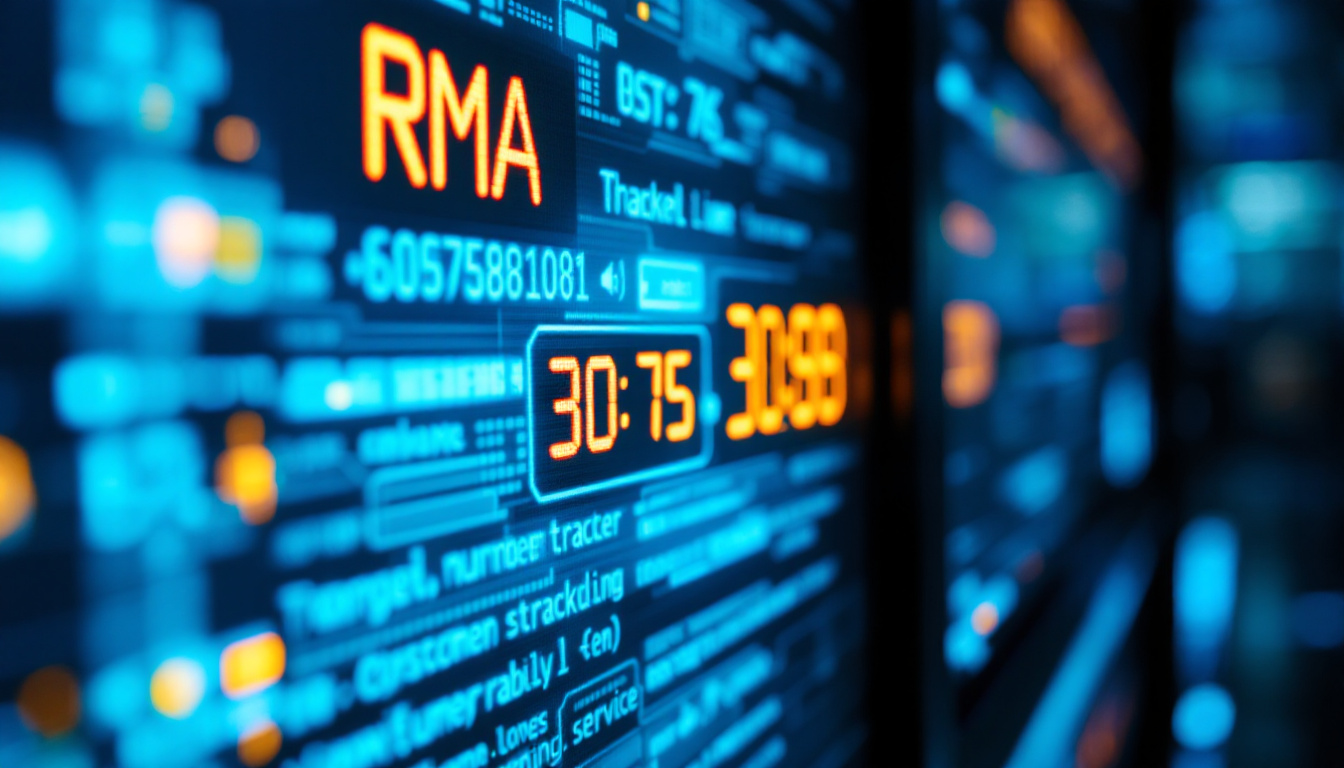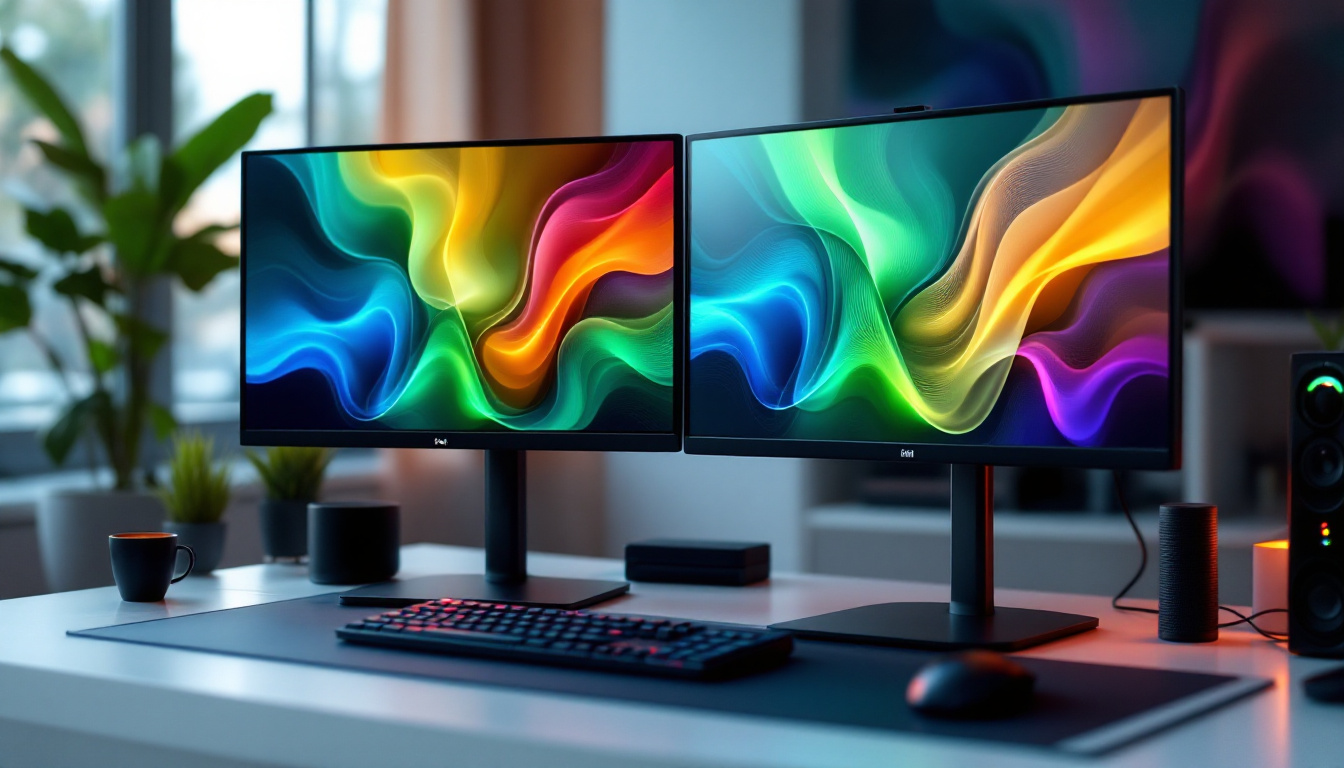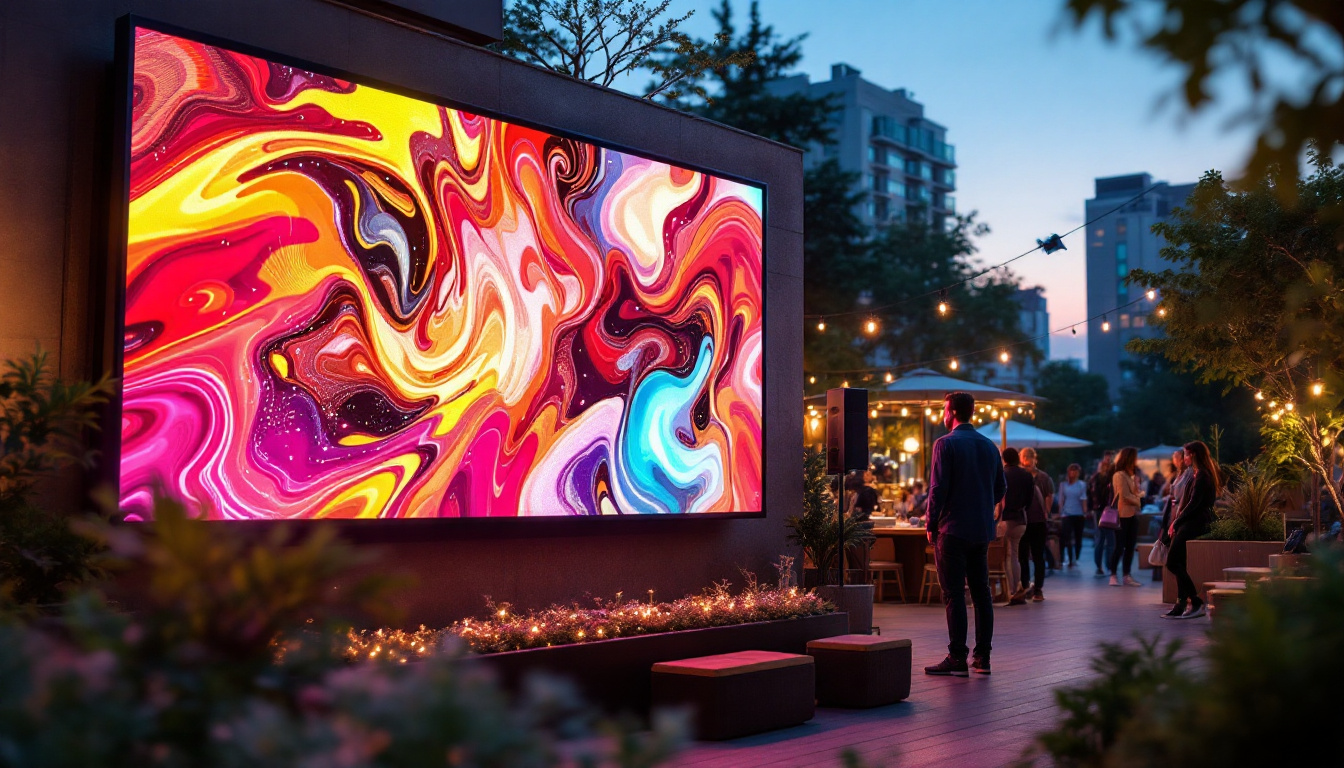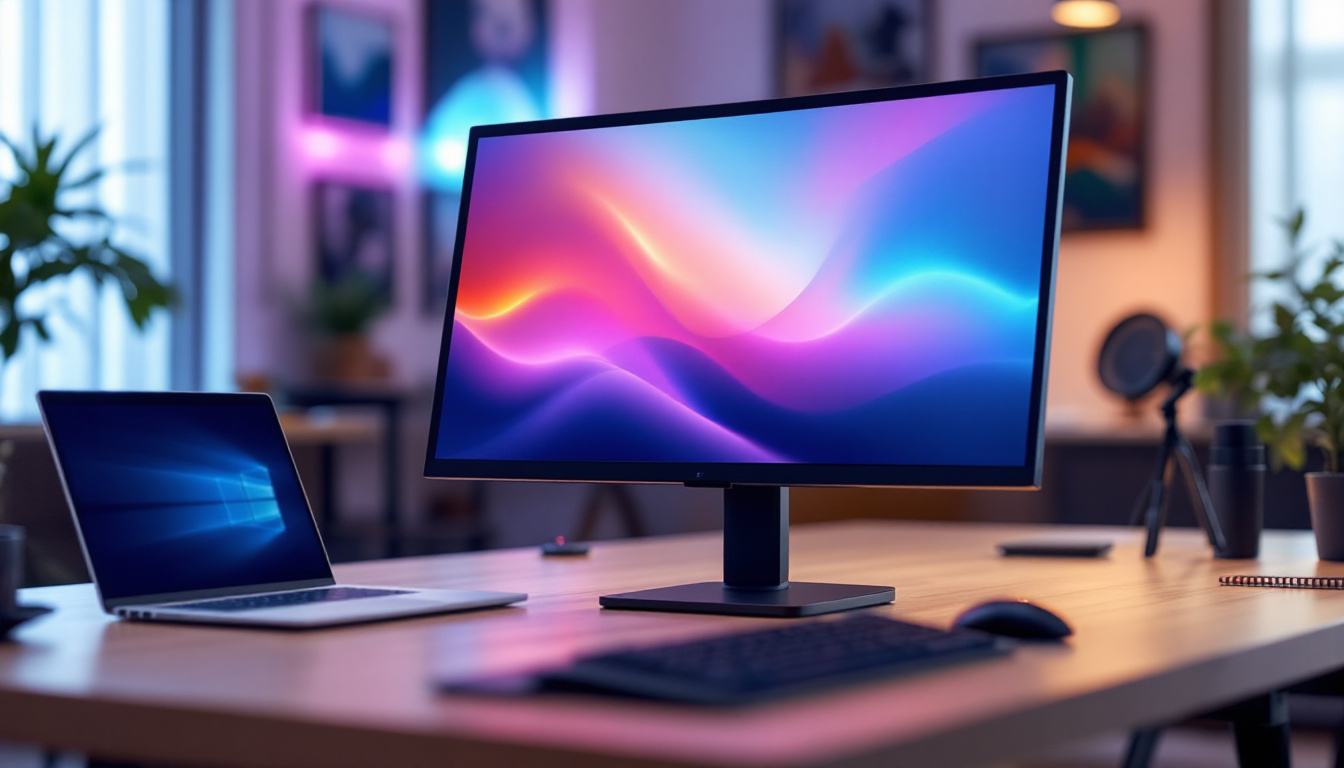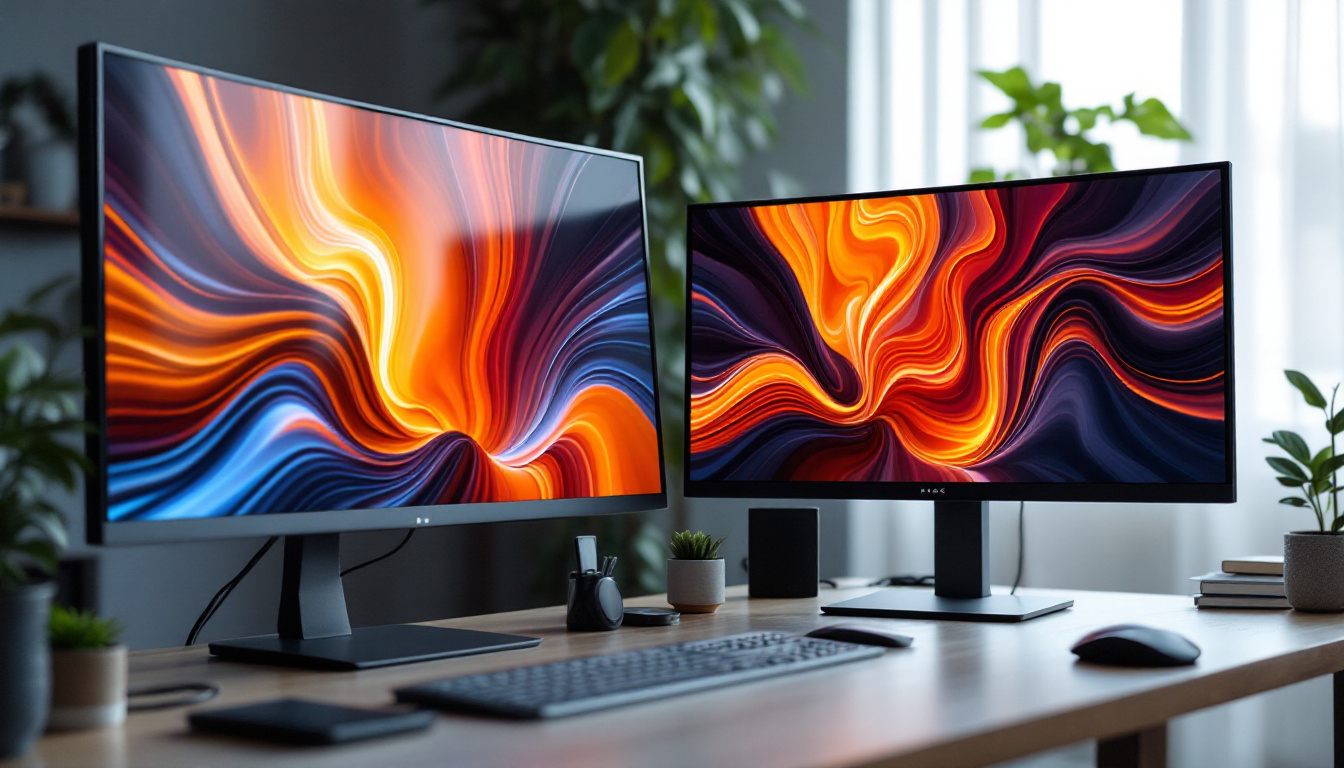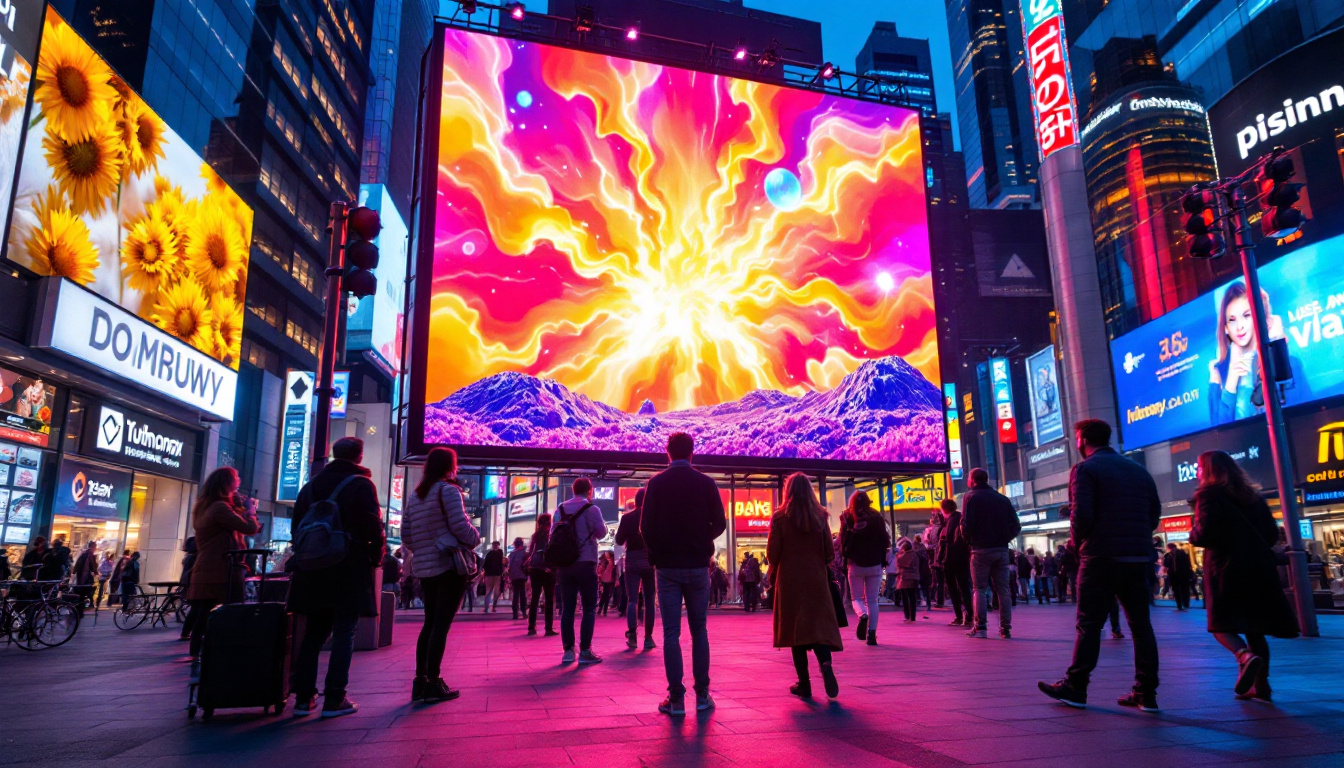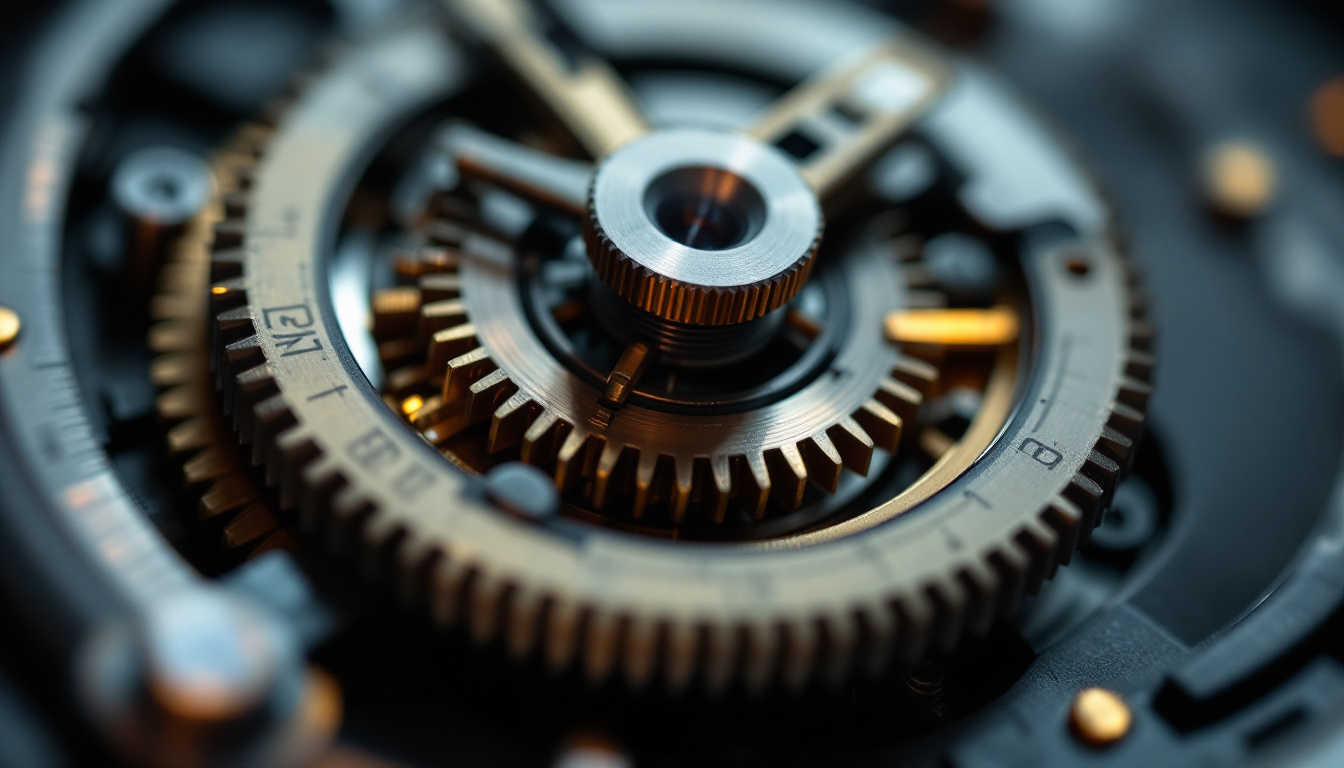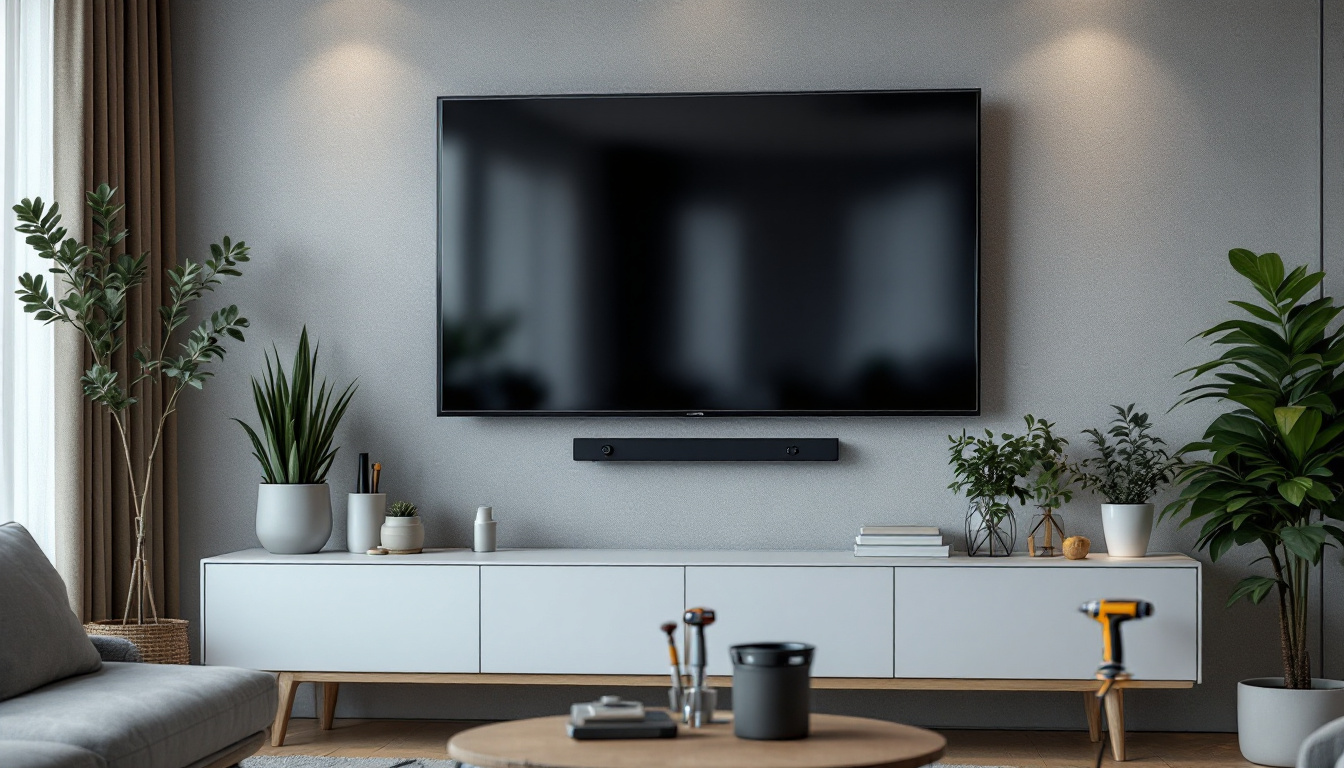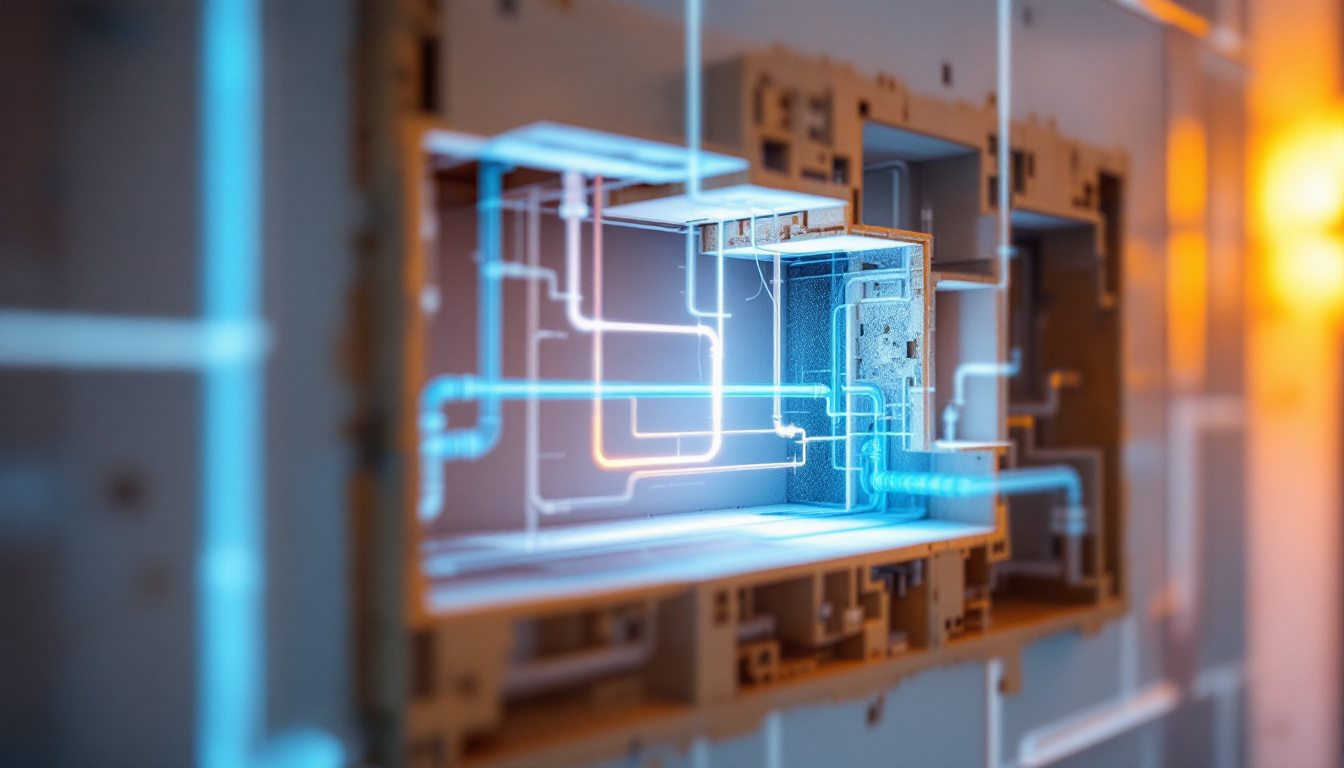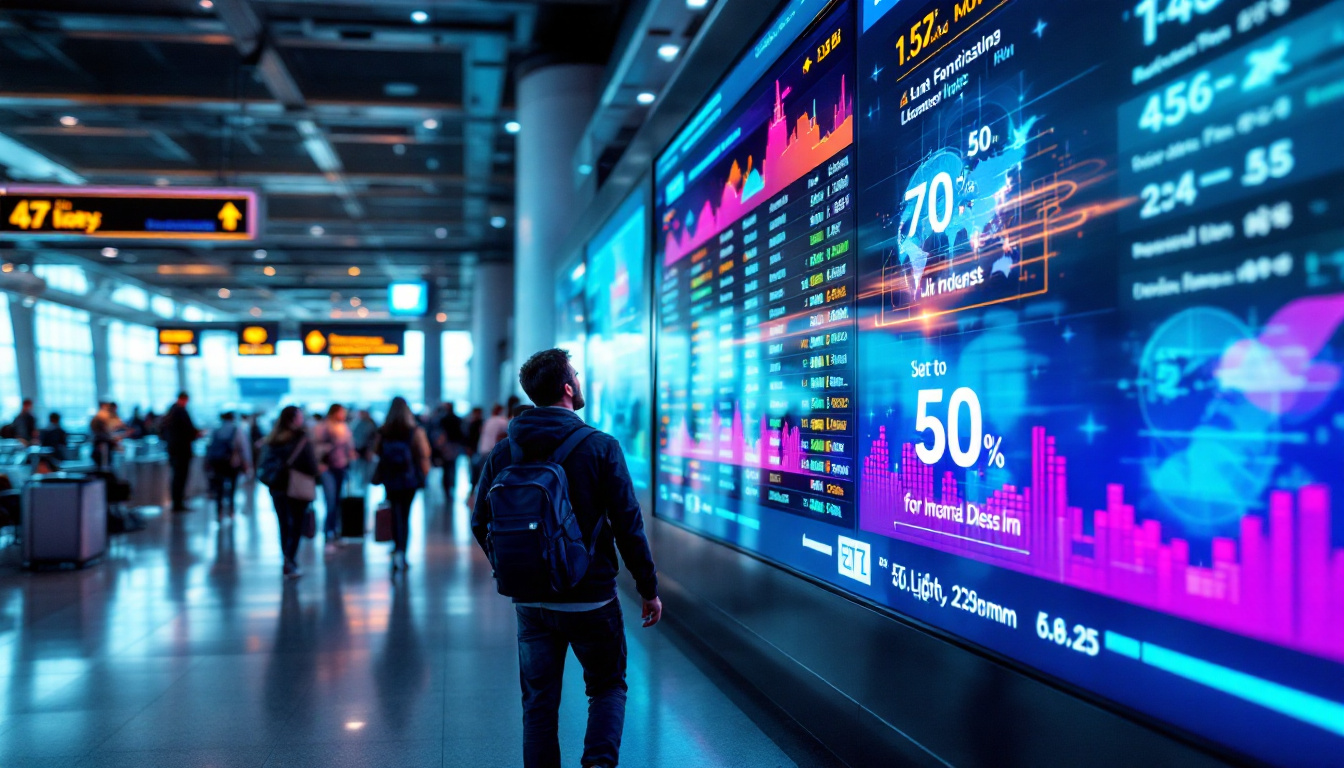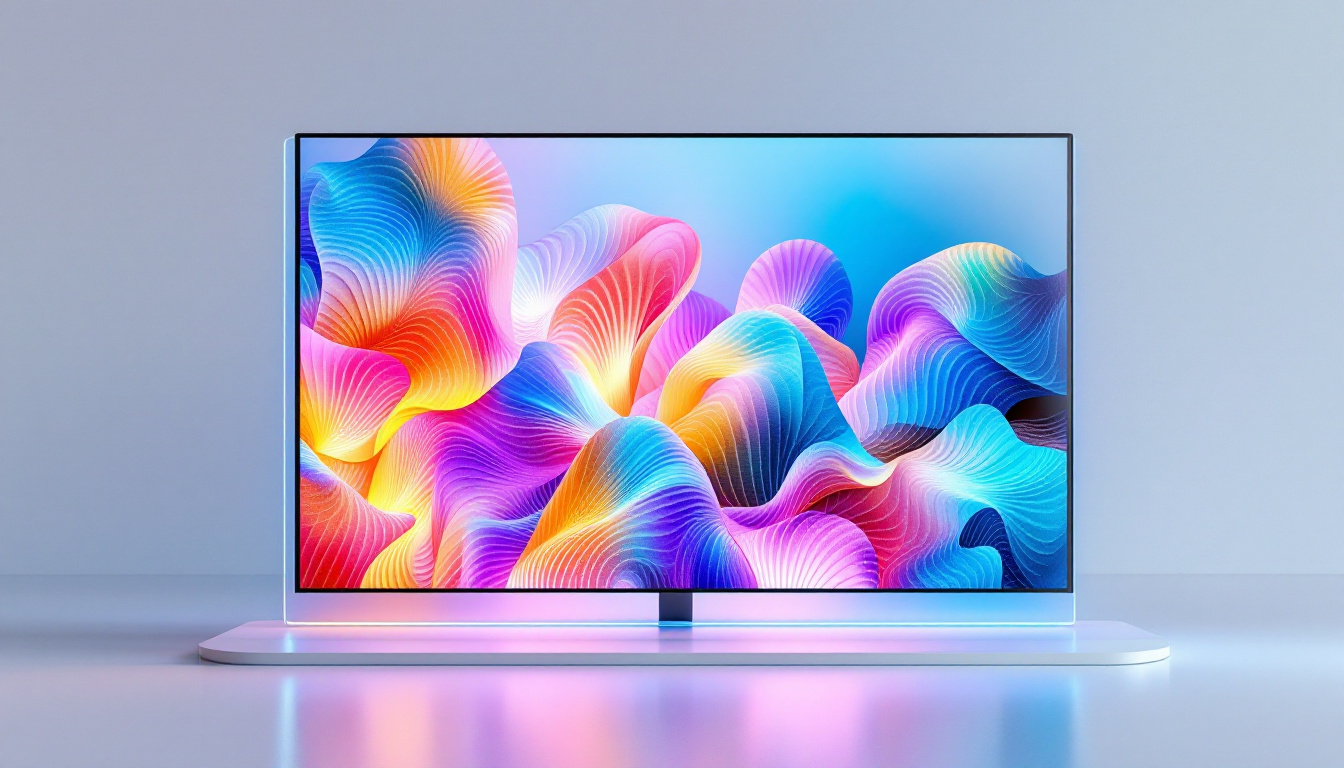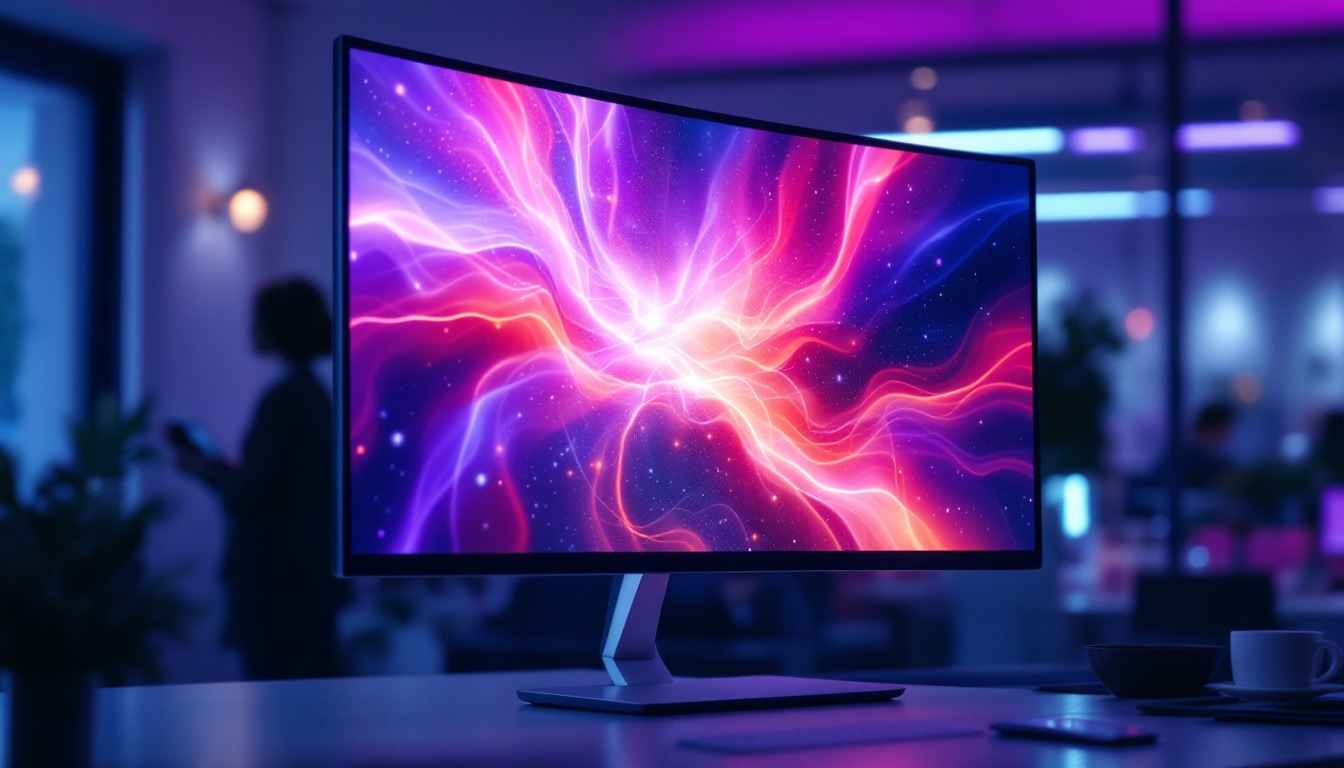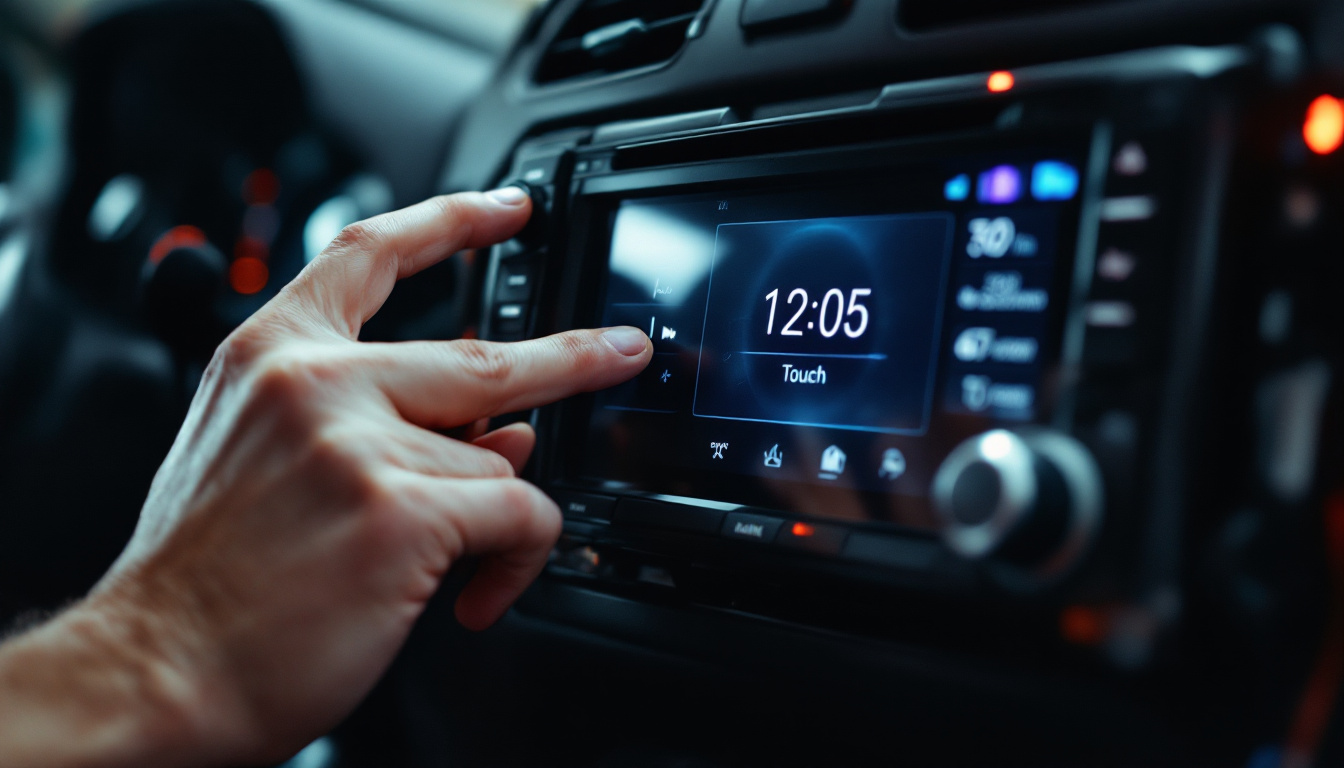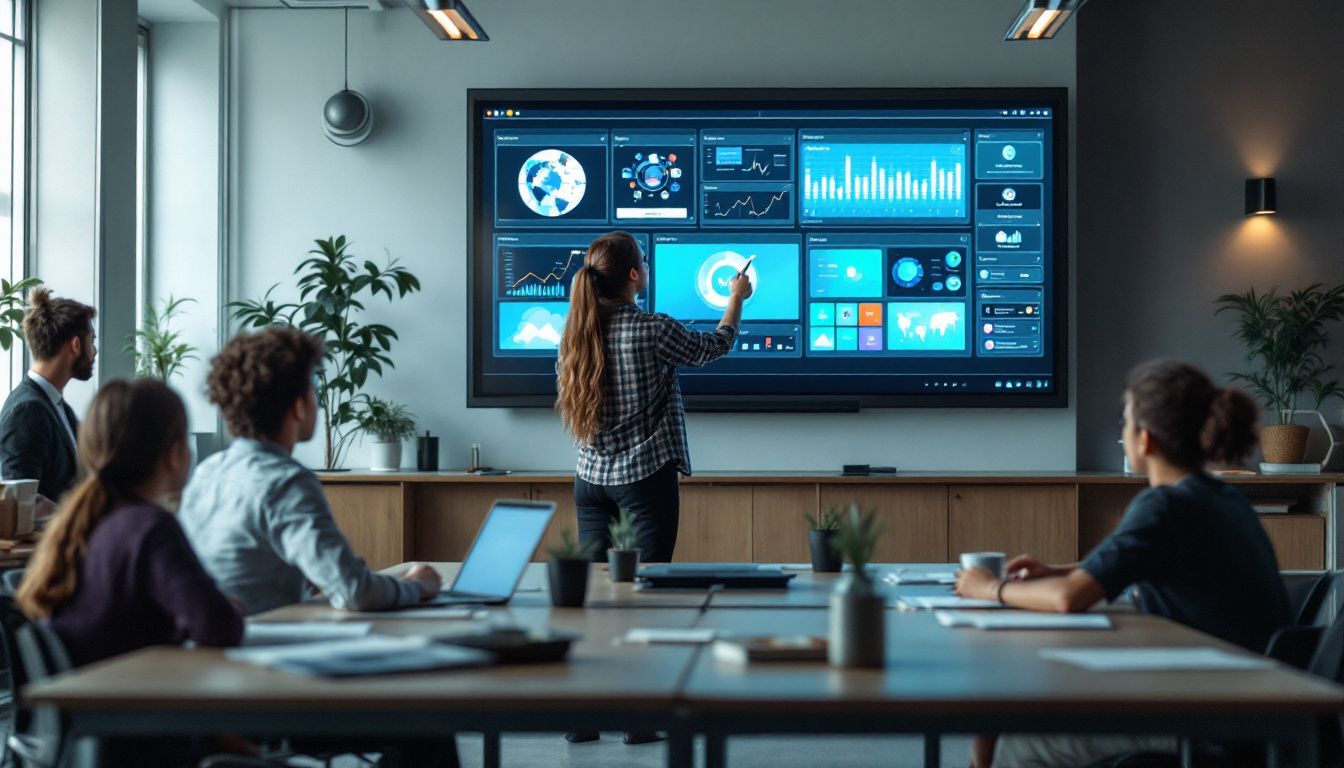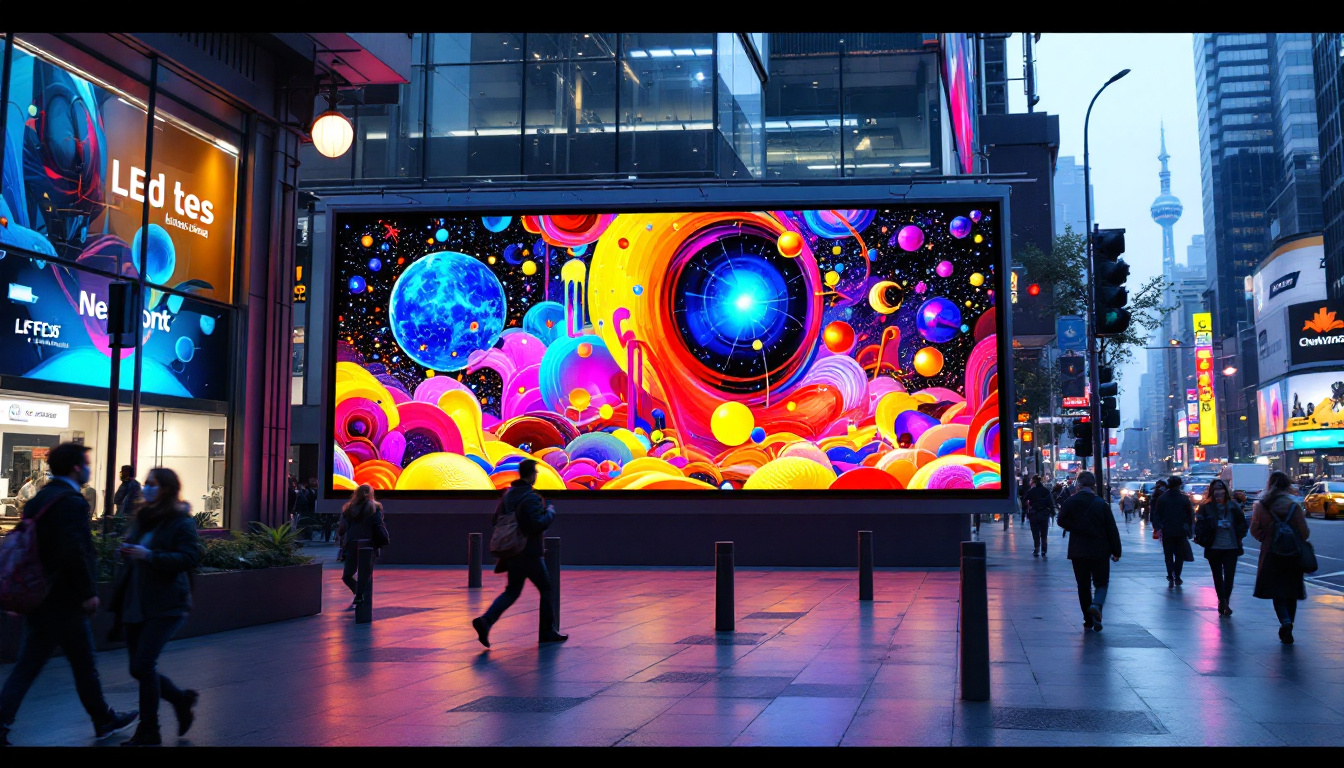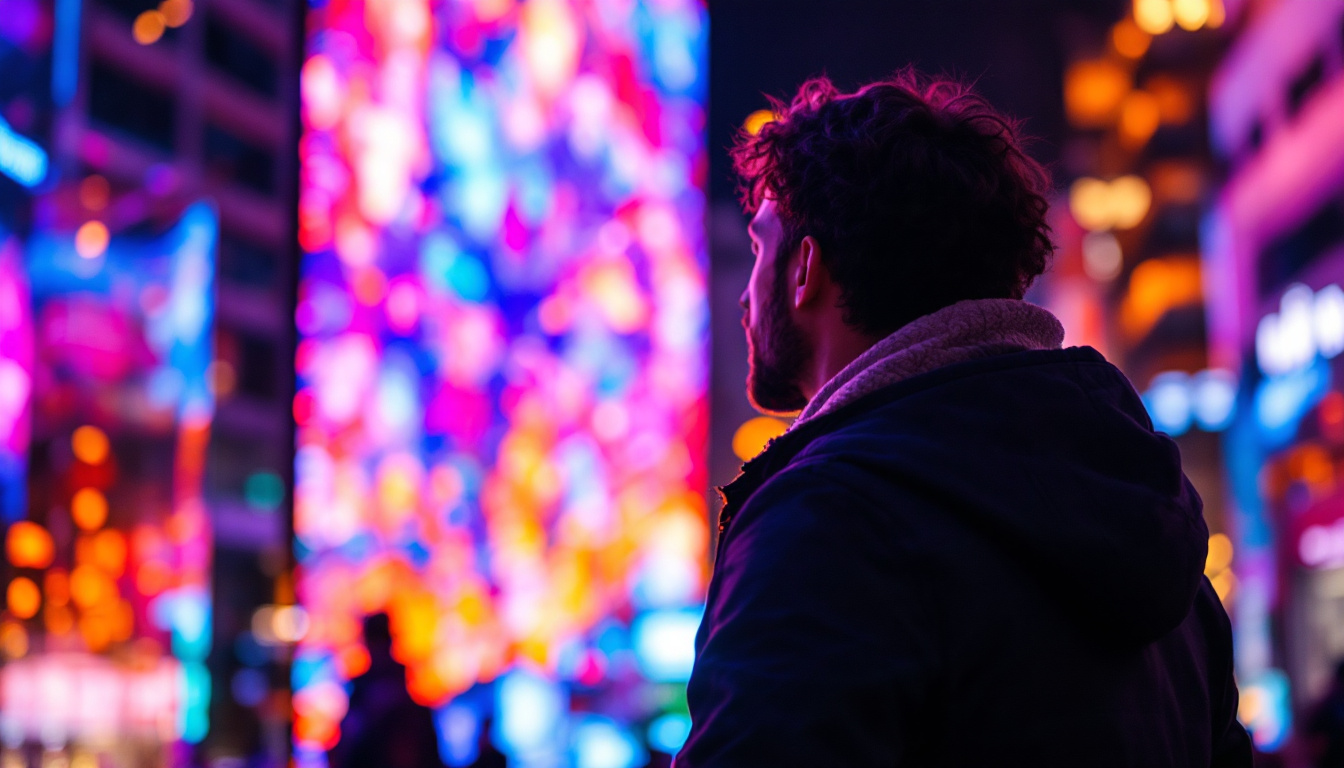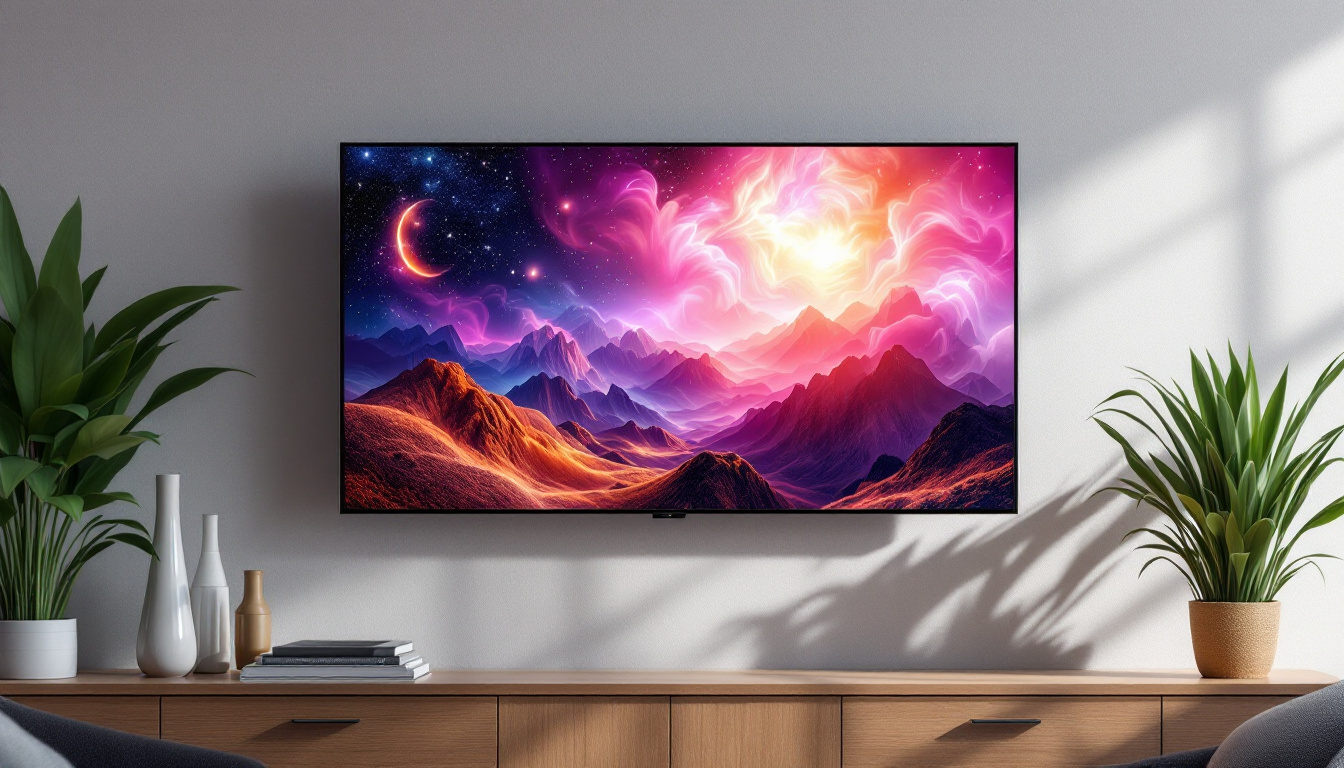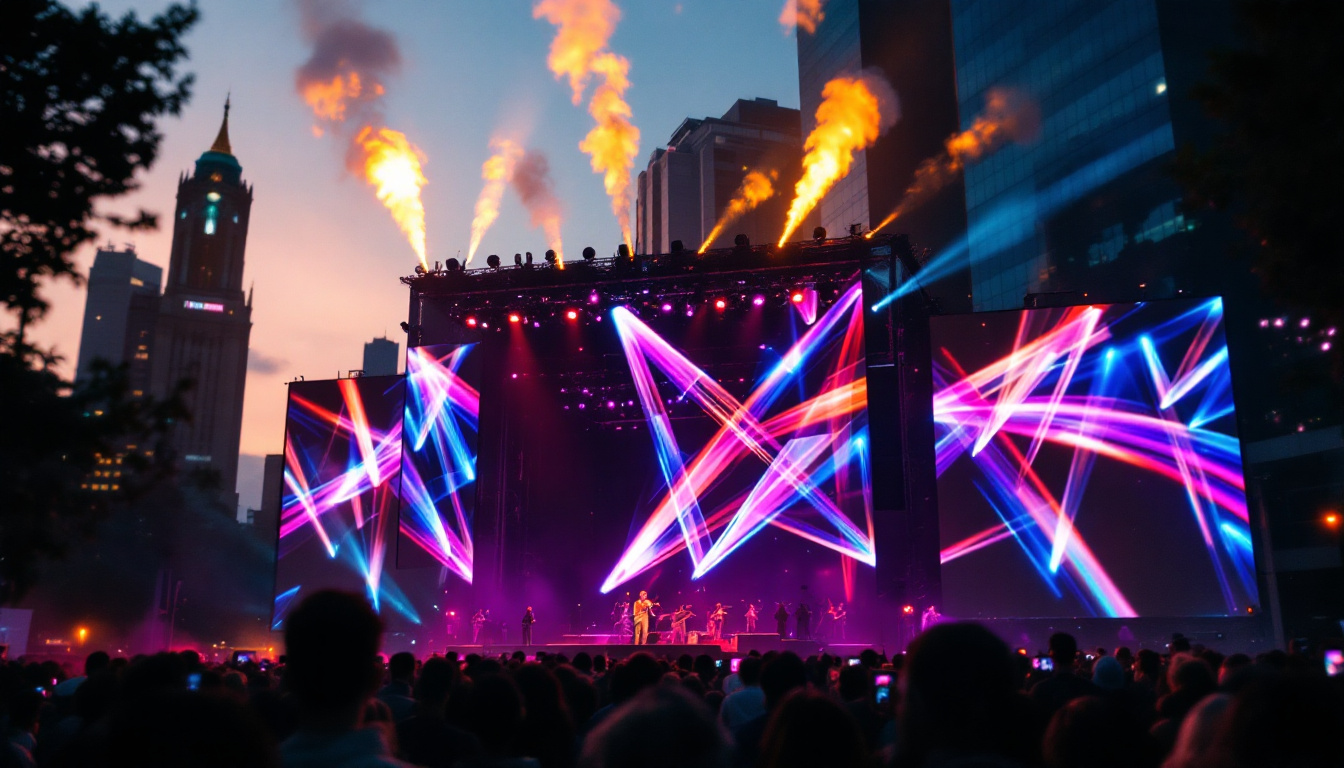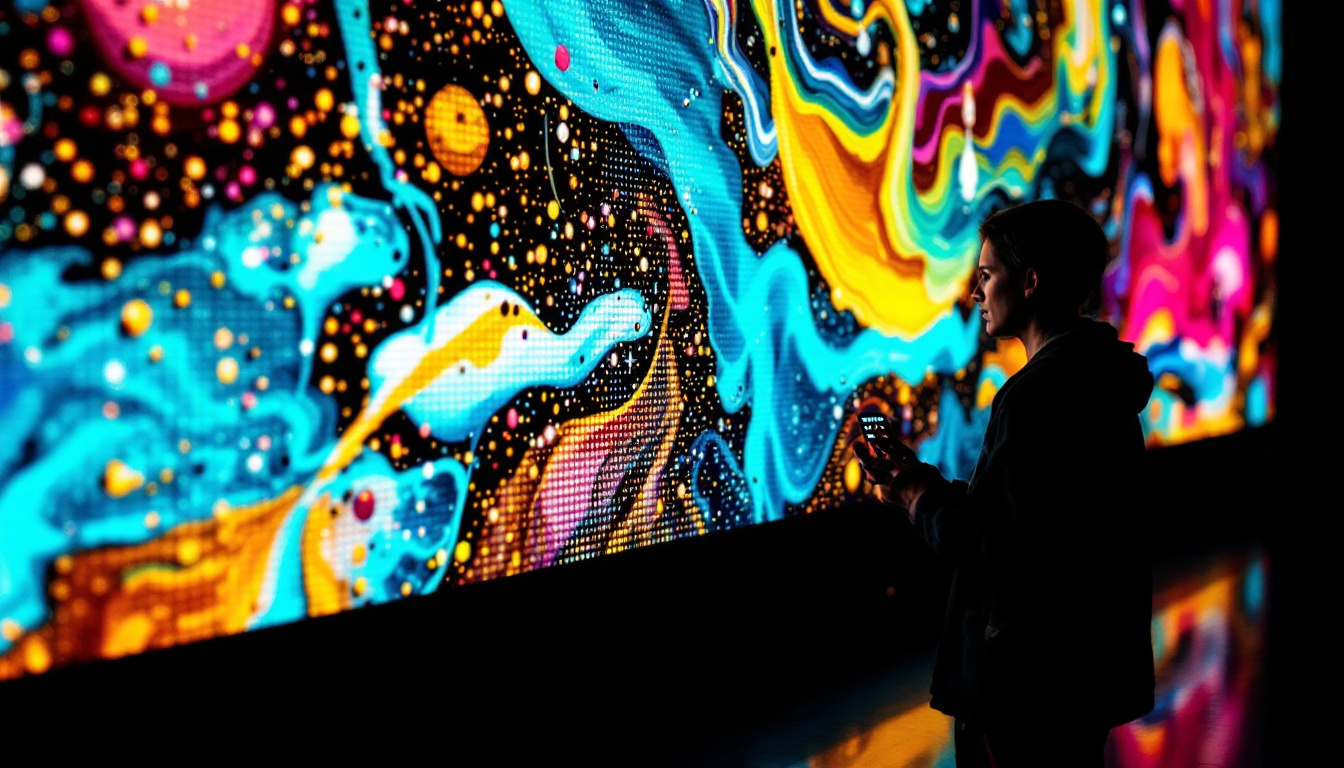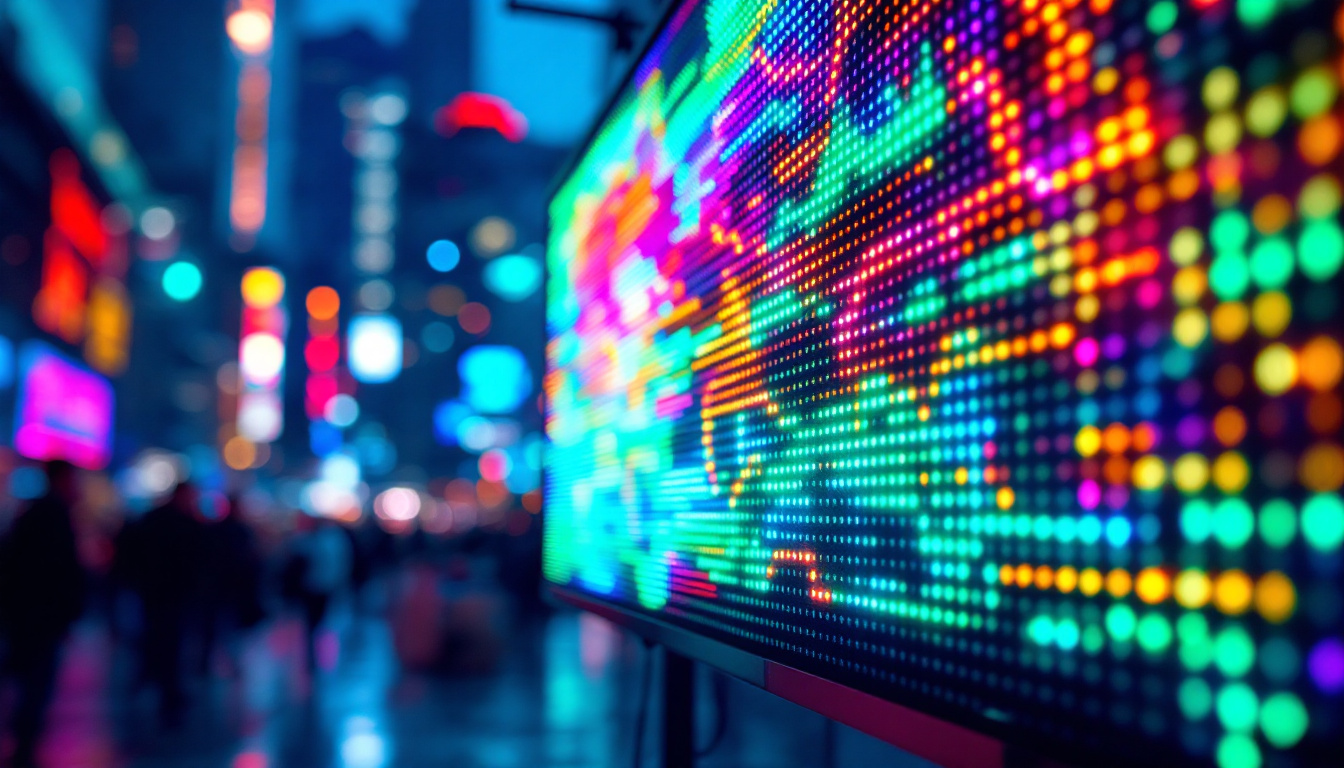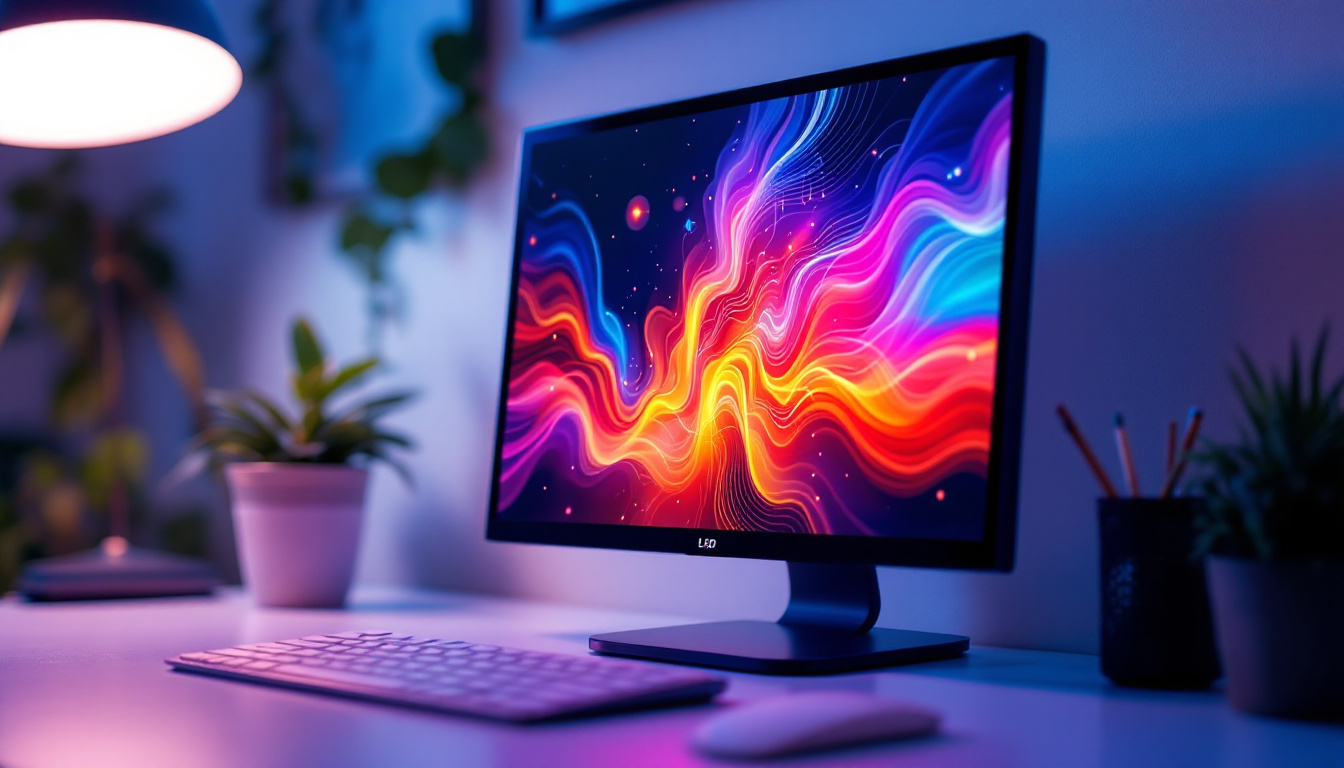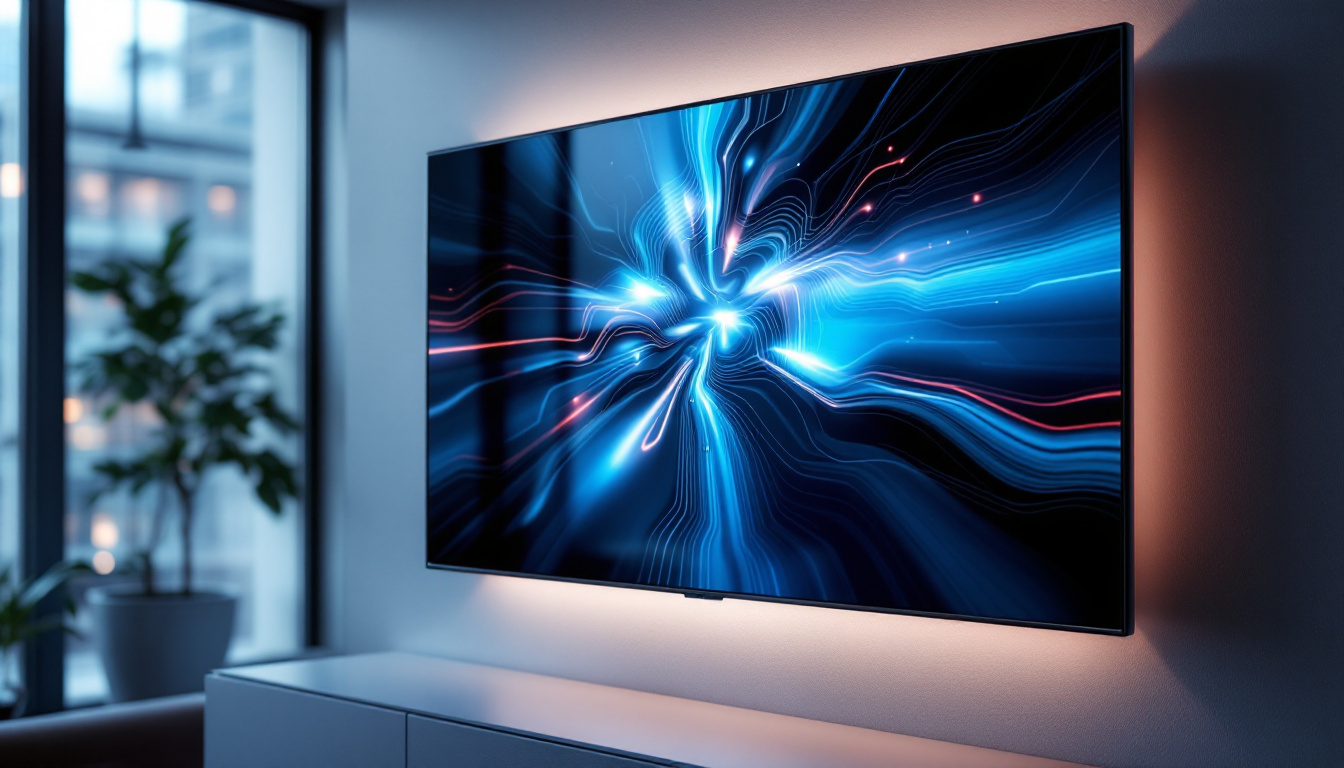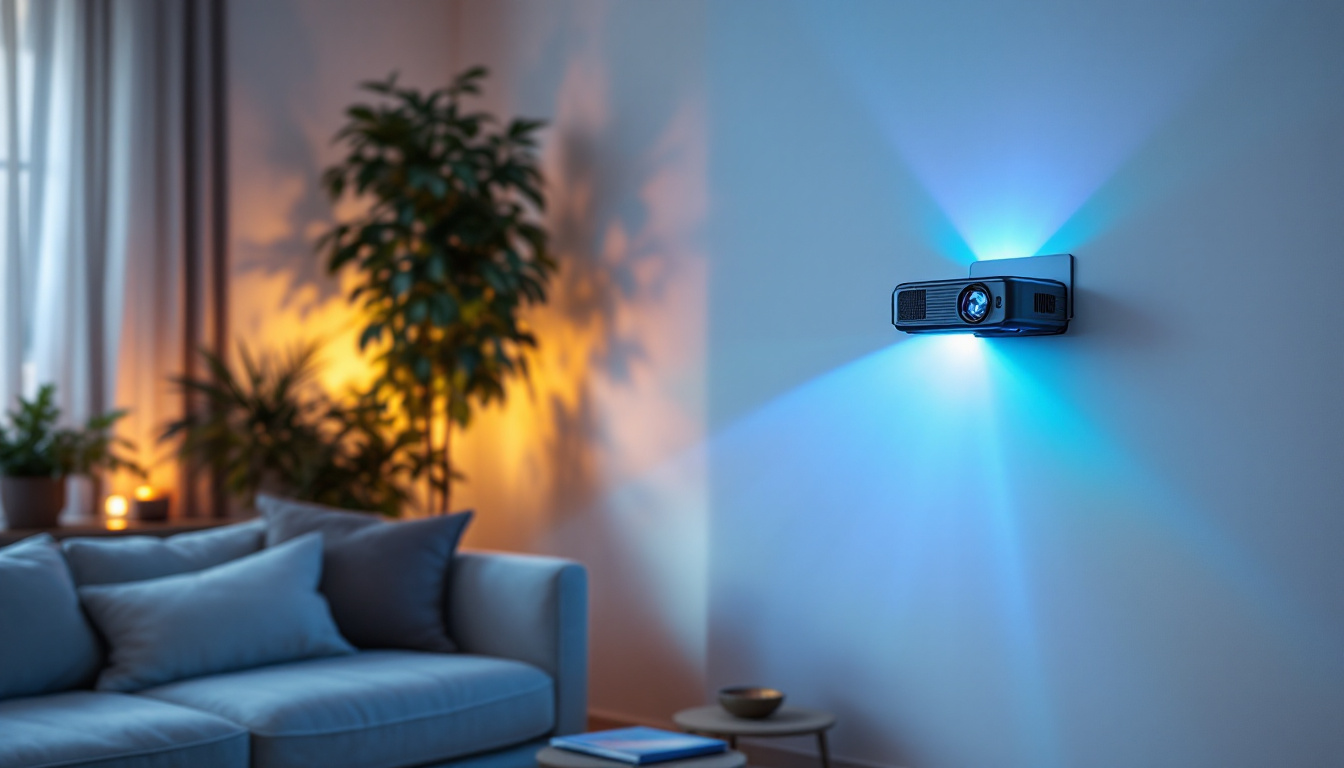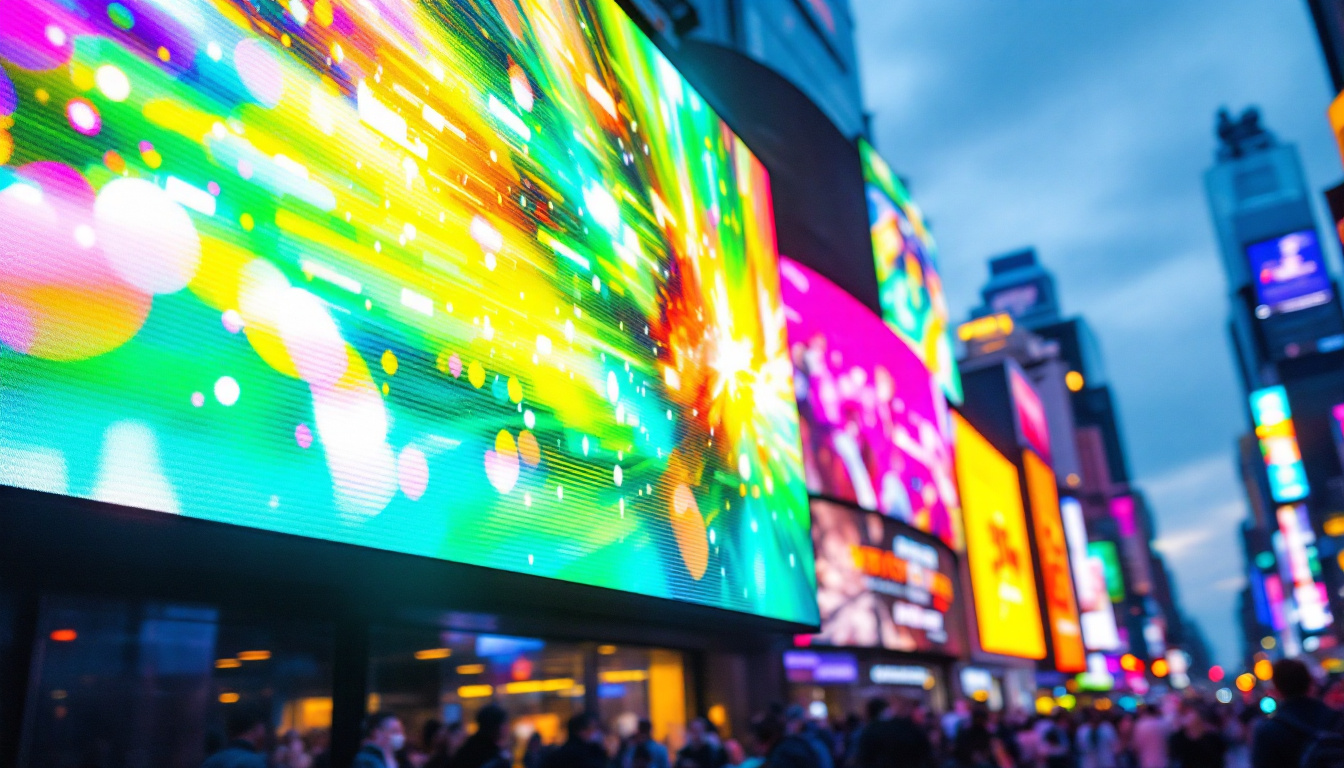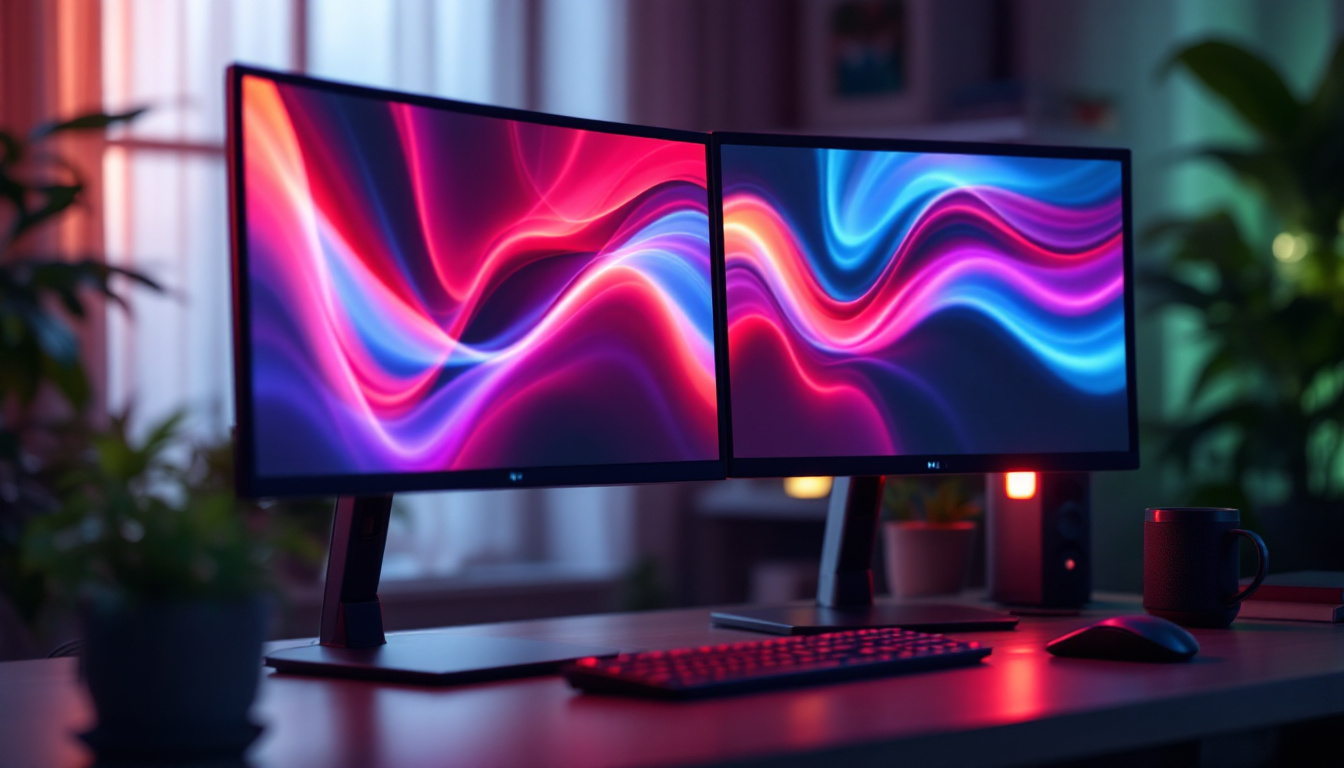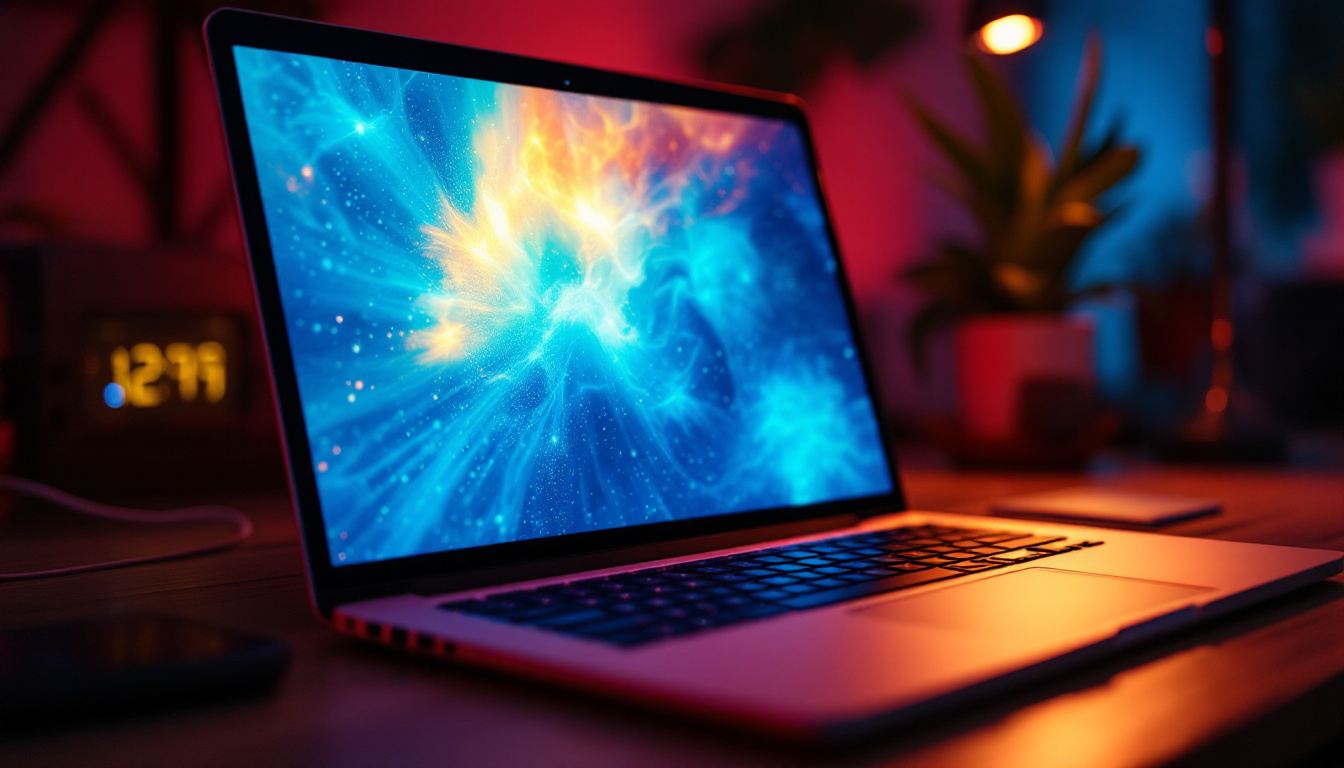RMA Number Tracking: LED Display Explained
In the world of retail and e-commerce, the Return Merchandise Authorization (RMA) process plays a crucial role in customer satisfaction and inventory management. Understanding how RMA number tracking works, especially in relation to LED display technology, can enhance the efficiency of returns and exchanges. This article delves into the intricacies of RMA number tracking and how LED displays can facilitate this process.
Understanding RMA Numbers
An RMA number is a unique identifier assigned to a product that is being returned to the manufacturer or retailer. This number is essential for tracking the return process, ensuring that both the customer and the company can monitor the status of the return. The RMA system is designed to streamline returns, making it easier for customers to return faulty or unwanted items.
Purpose of RMA Numbers
The primary purpose of an RMA number is to provide a clear and organized method for handling returns. When a customer initiates a return, they receive an RMA number that they must include with the returned item. This number helps the retailer identify the product, verify the return eligibility, and process refunds or exchanges efficiently.
Moreover, RMA numbers help in tracking the status of returns. Customers can use their RMA number to check the progress of their return, ensuring transparency and reducing anxiety about the return process. This level of visibility is particularly beneficial in today’s fast-paced shopping environment, where consumers expect quick resolutions to their issues. By providing a structured return process, companies can enhance customer trust and loyalty.
How RMA Numbers are Generated
RMA numbers are typically generated by the retailer’s customer service system. When a customer requests a return, the system will create a unique number that is linked to the customer’s order details. This number is often accompanied by specific instructions on how to return the item, including packaging guidelines and shipping information.
Some companies may also require the customer to fill out a form detailing the reason for the return, which can help the retailer improve their products and services over time. This feedback loop is essential for maintaining quality and customer satisfaction. Additionally, the data collected from these returns can be invaluable for analyzing trends in product performance, allowing companies to identify recurring issues and make necessary adjustments to their offerings. By understanding why items are returned, businesses can not only refine their inventory but also tailor their marketing strategies to better meet customer expectations.
Furthermore, the efficiency of the RMA process can significantly impact a company’s bottom line. A well-managed return system can reduce operational costs associated with handling returns, such as restocking fees and shipping expenses. Companies that invest in technology to automate and optimize their RMA processes often find that they can process returns more quickly, leading to higher levels of customer satisfaction and repeat business. In an era where customer experience is paramount, a streamlined RMA process can be a key differentiator in a competitive marketplace.
The Role of LED Displays in RMA Tracking
LED displays have become increasingly popular in various industries, including retail, due to their versatility and effectiveness in conveying information. When it comes to RMA tracking, LED displays can play a significant role in enhancing the customer experience.
Real-Time Updates
One of the most significant advantages of using LED displays for RMA tracking is the ability to provide real-time updates. Retailers can use LED screens to display the current status of returned items, allowing customers to see where their return stands in the process. For instance, an LED display could show messages such as “Return Received,” “Processing,” or “Refund Issued.”
This immediate feedback can greatly reduce customer anxiety and improve overall satisfaction. Instead of waiting for an email or phone call, customers can quickly glance at the display to check the status of their return.
Enhanced Communication
LED displays can also serve as a communication tool between the retailer and the customer. By displaying information about the RMA process, retailers can educate customers on how to initiate returns, what to expect during the process, and any specific policies related to returns.
For example, an LED display can highlight important instructions, such as “Please include your RMA number on the return label” or “Returns must be initiated within 30 days of purchase.” This proactive communication helps to minimize confusion and ensures that customers follow the correct procedures.
Benefits of RMA Tracking with LED Displays
Integrating LED displays into the RMA tracking process offers several benefits for both retailers and customers. These advantages can lead to improved operational efficiency and enhanced customer experiences.
Increased Efficiency
By automating the RMA tracking process through LED displays, retailers can reduce the workload on customer service teams. Instead of fielding numerous inquiries about return statuses, staff can focus on more complex customer issues. This increased efficiency can lead to faster processing times and a more streamlined return experience.
Additionally, displaying RMA information on LED screens can help reduce the number of errors in the return process. When customers can easily see the necessary steps and requirements, they are less likely to make mistakes that could delay their returns.
Improved Customer Experience
Customers appreciate transparency and convenience. By providing real-time updates and clear communication through LED displays, retailers can enhance the overall customer experience. A positive return experience can lead to increased customer loyalty and repeat business.
Furthermore, when customers feel informed and empowered during the return process, they are more likely to share their positive experiences with others, potentially attracting new customers to the retailer.
Implementing LED Displays for RMA Tracking
For retailers considering the integration of LED displays into their RMA tracking systems, several factors should be taken into account to ensure successful implementation.
Choosing the Right Technology
When selecting LED display technology, retailers should consider factors such as screen size, resolution, and ease of use. The display should be large enough to be easily readable from a distance, especially in busy retail environments. High resolution is also important for ensuring that text and graphics are clear and legible.
Additionally, retailers should evaluate the software that will drive the LED displays. The software should be capable of integrating with the existing RMA tracking system to provide real-time updates and information. Compatibility with other systems, such as inventory management and customer relationship management (CRM) software, can also enhance the overall effectiveness of the displays.
Design and Content Strategy
The design of the LED displays is crucial for capturing customer attention and conveying information effectively. Retailers should consider using bold colors, clear fonts, and concise messaging to ensure that the information is easily digestible. The content displayed should be regularly updated to reflect the current status of returns and any changes in policies.
Moreover, incorporating visual elements, such as icons or graphics, can help communicate information more effectively. For instance, using a checkmark icon next to “Return Received” can quickly convey a sense of progress.
Challenges of RMA Tracking with LED Displays
While there are numerous benefits to using LED displays for RMA tracking, retailers may also face challenges during implementation and operation.
Initial Investment Costs
One of the primary challenges is the initial investment required for LED display technology. The cost of purchasing, installing, and maintaining LED displays can be significant, especially for smaller retailers. However, many retailers find that the long-term benefits, such as increased efficiency and improved customer satisfaction, outweigh the initial costs.
Additionally, retailers should consider the return on investment (ROI) when evaluating the cost of LED displays. Tracking metrics such as reduced customer service inquiries and increased return processing speed can help demonstrate the value of the investment over time.
Technical Challenges
Implementing new technology always comes with technical challenges. Retailers may encounter issues related to software compatibility, display maintenance, or network connectivity. To mitigate these challenges, it is essential to work with experienced vendors and ensure that staff are trained to operate and troubleshoot the displays effectively.
Regular maintenance and updates are also crucial to keep the displays functioning optimally. This includes ensuring that the software is updated to reflect any changes in the RMA process or policies.
Future Trends in RMA Tracking and LED Displays
The landscape of retail and e-commerce continues to evolve, and so do the technologies that support processes like RMA tracking. As customer expectations rise, retailers must adapt to stay competitive.
Integration with Mobile Technology
One emerging trend is the integration of LED displays with mobile technology. Retailers can enhance the RMA tracking experience by allowing customers to access information on their smartphones. For instance, customers could scan a QR code displayed on an LED screen to receive real-time updates on their return status directly on their mobile devices.
This integration not only provides convenience but also caters to the growing demand for mobile-first solutions. As more customers rely on their smartphones for shopping and communication, retailers must adapt their strategies accordingly.
Personalization of Customer Experience
Another trend is the personalization of the customer experience. Retailers can leverage data analytics to tailor the information displayed on LED screens based on customer preferences and behaviors. For example, if a customer frequently returns specific types of products, the display could highlight relevant return policies or tips for those items.
Personalization can lead to a more engaging and relevant experience for customers, further enhancing their satisfaction with the return process.
Conclusion
RMA number tracking is a vital component of the retail and e-commerce landscape, and leveraging LED display technology can significantly enhance this process. By providing real-time updates, improving communication, and increasing efficiency, LED displays can transform the customer experience during returns.
While there are challenges to consider, the benefits of implementing LED displays for RMA tracking are substantial. As technology continues to advance, retailers must stay informed about emerging trends and adapt their strategies to meet customer expectations. In doing so, they can foster loyalty, drive sales, and maintain a competitive edge in the marketplace.
Explore Cutting-Edge RMA Tracking with LumenMatrix
Ready to elevate your RMA tracking system and offer your customers an unparalleled return experience? Discover LumenMatrix’s innovative LED display solutions tailored to streamline your return process and enhance customer satisfaction. From Indoor LED Walls to Custom Displays, our technology is designed to keep you ahead in the fast-paced retail environment. Check out LumenMatrix LED Display Solutions today and transform your RMA tracking into a seamless, engaging journey for every customer.

